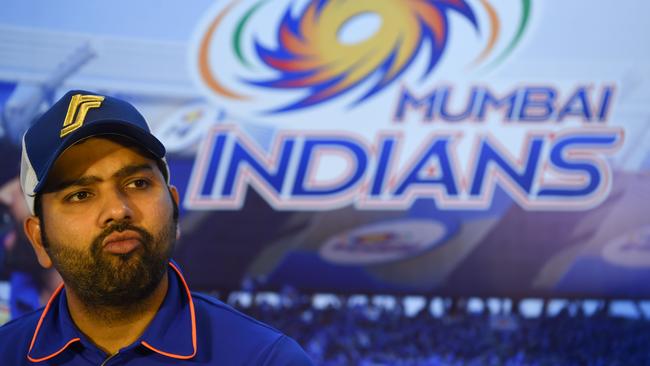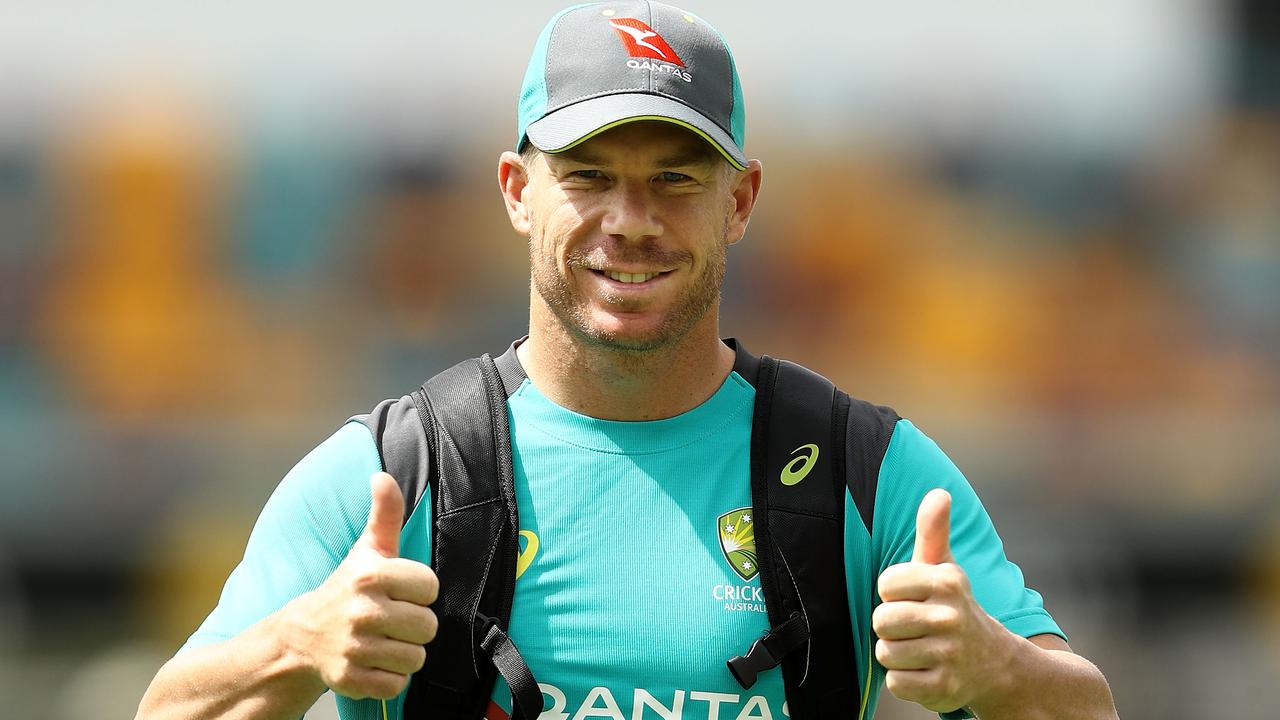Inside a madhouse of obsession at the Indian Premier League
The Indian Premier League is cricket’s most sensational annual event, and arguably its least satisfactorily reported.

The Indian Premier League, whose 12th season commences on Sunday in Chennai, is cricket’s most sensational annual event, and arguably its least satisfactorily reported.
For the next eight weeks it will dominate mainstream and social media in India and occupy a lot of cricket media bandwidth internationally. But by the end the league’s beginnings will have been mostly forgotten and within a month or two only fragmentary recollections will remain.
It’s as though the IPL, like the T20 format itself, moves so frenetically as to challenge followers to keep up, forcing them to interpret from scant evidence, to extrapolate from volatile trends. It can be a cruel forum for critics, so readily are judgments contradicted.
Perhaps that’s why, for all the billions involved, dollars and eyeballs, the IPL has still to produce a literature worthy of it.
The sections about Kings XI Punjab in James Astill’s panorama of modern Indian cricket, The Great Tamasha, have not really been improved on.
And certainly nothing has emerged from within the IPL to convey its quotidian nitty-gritty: no memoir, no diary, no comprehensive analysis through time.
It recalls the old joke about the BBC, that the reason it has never been the setting of a noteworthy novel is that nobody with the necessary talent has been able to tolerate staying there long enough to do the research.
All of which makes Cricket Fever, a super-slick eight-part fly-on-the-wall documentary series that has just premiered on Netflix, the more worth seeking out.
It follows the Mumbai Indians’ 2018 season with the acquiescence of its owners, the Ambani family, and the co-operation of its players, who include Rohit Sharma, Jasprit Bumrah, Hardik Pandya, Kieron Pollard and Queensland’s Ben Cutting.
The quid pro quo, of course, is that this is an approved product, with no pretence of disinterested analysis. Watching it is a little like being recruited by the Mumbai Indians and agreeing to see nothing remotely weird about the Ambanis welcoming players with a treasure hunt through their $2 billion family home in a country where annual per capita income is $2000.
Get past that, though, and Cricket Fever is pretty good fun, especially when cricket pleasingly defies efforts to homogenise and pasteurise it.
Mumbai, who won the IPL in 2017, never recovered last year from a disastrous start, finishing a long way behind traditional rivals, the Chennai Super Kings.
After the Indians’ fourth defeat on the bounce, the coaching staff turn Cricket Fever’s cameras away: the measure of the anguish in the franchise is conveyed by footage of the closed dressing room door.
The cameras follow players down numberless hotel corridors of plush rooms, but New Zealander Mitchell McLenaghan confesses to the atmosphere of claustrophobia that follows consecutive defeats.
“The walls get small,” he says.
“It can be a dark place.”
Such is the mercy, perhaps, of the two-month season. Likeable, wholehearted McLenaghan is there for the money, counting down the days his body can withstand the strain of top-level competition: “I’m going to be the most decrepit old man ever. I won’t be able to move.”
For locals, the motif of IPL is opportunity, for players, for families — Bumrah’s doting mother Dalprit, widowed when Jasprit was five, recalls a past when her son, now the world’s best all-format bowler, owned one T-shirt and one pair of shoes.
Opportunity’s unequal distribution is explored in the contrasting fortunes of wunderkind keeper Ishan Kishan, a teenager from Jharkand scooped up in the auction for $1.3 million, and mid-20s batsman Siddhesh Lad, spending his third season on the bench. Kishan is explosive, ebullient, up for the challenge.
“He’s got something about him,” muses his coach Mahela Jayawardene, who prefers him to a more experienced gloveman.
Kishan is also a bit of a smart-arse, who enjoys the attention until he doesn’t. Coming off a string of failures we see him turning the documentary-makers away: “I don’t want to do an interview right now. Not even kidding … seriously, I don’t want to talk about cricket right now.”
Siddhesh, meanwhile, is desperate to represent the home city for whom he scores prolifically in the Ranji Trophy, and walks across the Azad Maidan speaking in awe of his coach father: “My dad used to play cricket. He never liked me doing anything else.”
When the filmmakers eavesdrop on Jayawardene breaking it to Siddhesh that he probably needs to go elsewhere, we see him wipe a tear away.
The relationship between the team and its city is an intriguing one. In lots of ways, their interaction is strangely frictionless, the players in a whirl of anonymous hotels, buses and planes.
A scene where Suryukumar Yadav visits a subterranean father-and-son batmaking business who have been making what Yadav calls his “guns” since he was 16 is a delightful exception.
Other squad members appear only tenuously part of the exercise: Bangladesh’s Mustifuzur Rahman, who speaks only Bengali, scarcely leaves his hotel room, and proceeds everywhere else with a translator in tow.
The true stars of the series, however, are the fans, over whom the cameras loiter with true respect and affection.
There is nothing synthetic about their passion. We see them streaming into grounds full of hope, streaming away in exultation or dismay, watching on communal screens and on phones, in cafes, dorm rooms, barber shops, hanging joyfully and ruefully on every ball.
Two earnest little boys left miserable by the Indians’ last defeat could be any junior fans just holding their disappointment together.
Objectivity might be lacking from Cricket Fever but on subjectivity one can go a good long way.



To join the conversation, please log in. Don't have an account? Register
Join the conversation, you are commenting as Logout